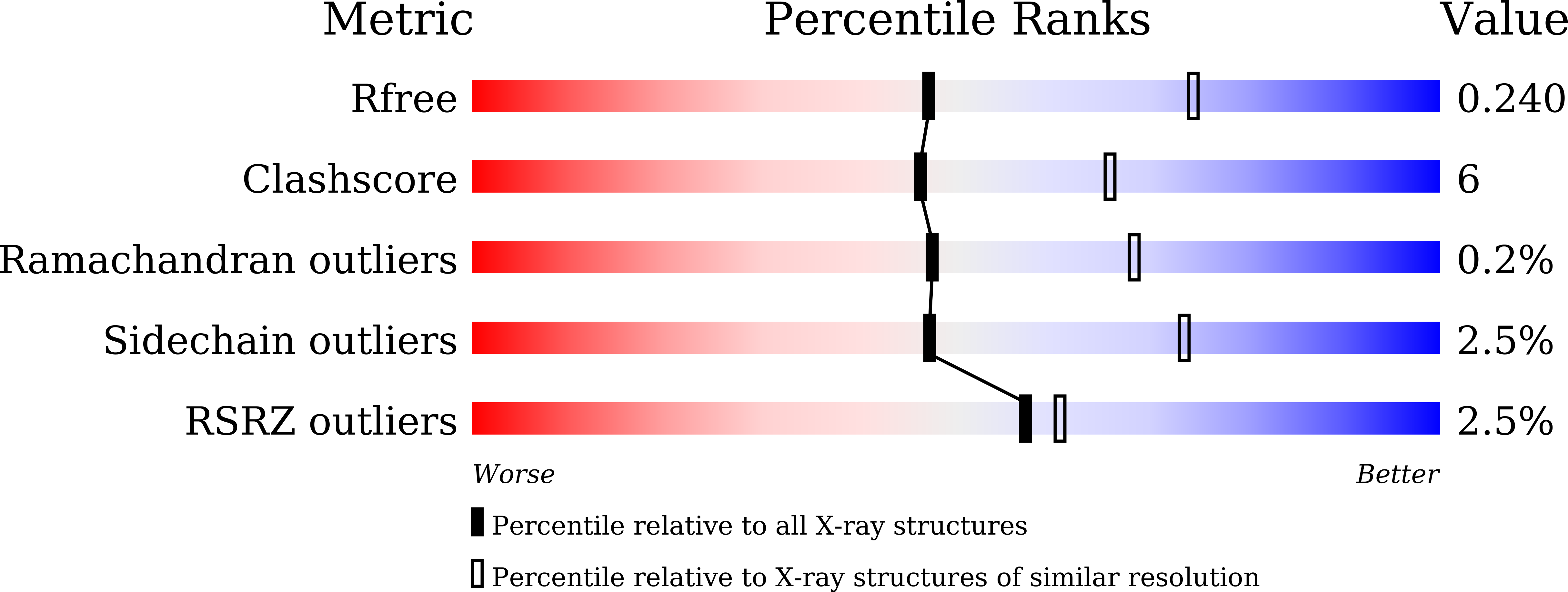
Deposition Date
2020-03-31
Release Date
2020-09-30
Last Version Date
2024-11-20
Entry Detail
PDB ID:
7BT5
Keywords:
Title:
Crystal structure of plasmodium LysRS complexing with an antitumor compound
Biological Source:
Source Organism:
Plasmodium falciparum (Taxon ID: 5833)
Host Organism:
Method Details:
Experimental Method:
Resolution:
2.49 Å
R-Value Free:
0.23
R-Value Work:
0.21
R-Value Observed:
0.21
Space Group:
P 21 21 2


